Originally posted by Andrew Faught on McCombs Today
Every year, nearly 750,000 tendon repair procedures are performed in the United States, most of them without precautions to prevent excessive scar tissue formation, which can cause chronic pain in patients.
 But not if John Joyoprayitno, MSTC ’13, has his way. The co-founder and chief operating officer of Austin-based Alafair Biosciences is working to commercialize a natural membrane that could minimize adhesions by acting as an “internal Band-Aid” on surgical wounds.
But not if John Joyoprayitno, MSTC ’13, has his way. The co-founder and chief operating officer of Austin-based Alafair Biosciences is working to commercialize a natural membrane that could minimize adhesions by acting as an “internal Band-Aid” on surgical wounds.
“You basically cover the wound, let it heal, and then the membrane degrades and resorbs back into the body,” Joyoprayitno says. “It allows the body to do what it’s supposed to do, and it prevents excessive scarring.”
Adhesion-related complications, which can force doctors to re-operate, create a $3.45 billion annual health care burden in the United States, he adds.
Joyoprayitno’s membrane (which hasn’t been given a name yet) was developed at The University of Texas at Austin, which licenses and has part ownership in it. The film, made of naturally occurring sugar molecules, will be submitted for review by the Food and Drug Administration and could be available to doctors in late 2016.
Plans to bring the technology to market for tendon repair took root while Joyoprayitno was a student in the McCombs School of Business’s one-year M.S. in Technology Commercialization (MSTC) program, which targets aspiring entrepreneurs who want to launch new ventures based on emerging technologies. The membrane already has been issued two patents, and it’s received four other provisional patents.
Since it was founded in 2011, Alafair has grabbed the notice of state policymakers. In May, Gov. Rick Perry announced that the company was the recipient of a $2 million award from the Texas Emerging Technology Fund(TETF).
The TETF is a $485 million fund created by the Texas Legislature in 2005 at the governor’s request, and reauthorized in 2007, 2009, 2011, and 2013. A 17-member advisory committee of high-tech leaders, entrepreneurs, and research experts reviews potential projects and recommends funding allocations to the governor, lieutenant governor, and speaker of the house.
In the past, too many good ideas were leaving Texas because of a lack of investor savvy, says MSTC director Gary Cadenhead. To date, TETF has allocated more than $250 million in funds to 87 biotech ventures. The impact is palpable: the state reports that in 2009, the biotechnology industry had a $75 billion economic influence in Texas.
The same study found that for every biotechnology job created, 2.3 additional jobs are generated, which fuels the Texas economy.
“It’s one of the really good things that the state of Texas has done — giving money to firms that are in the critical area, when it’s probably a little too early for venture capitalists,” Cadenhead says. “It bridges that gap between what friends and family can put up, before big money comes in.” Continue reading on McCombs Today.
For Joyoprayitno, who once considered enrolling in medical school but instead opted to become an entrepreneur (he’s also co-owner of the Austin Speed Shop, a car restoration business), the TETF grant will allow Alafair to grow and expand its employee base.
The company isn’t the only player in the membrane business. Other products exist, but they’re often made with collagen, which is expensive and has questionable efficacy, Joyoprayitno says. Doctors also have complained that other membranes are difficult to work with because they lack flexibility.
“Our product will have better handling characteristics,” says Joyoprayitno, who notes the Alafair membrane can be changed on demand from a flexible membrane to a mucous-like consistency that causes it to stick to the wound. “It allows the surgeon to place it more accurately.”
For now, all efforts are on successfully commercializing the membrane, which goes well beyond simply having a great idea.
“It takes organization, hard work, and wearing all of the hats,” Joyoprayitno says. “You’ve got to figure out what needs to happen and make it happen. Everybody uses the saying, ‘drinking from a fire hose.’ You really have to be able to handle that.”
Cadenhead, for one, likes Joyoprayitno’s chances for hitting a biotech bonanza: “I think he’s got a winner.”




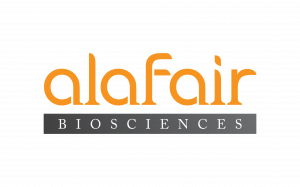
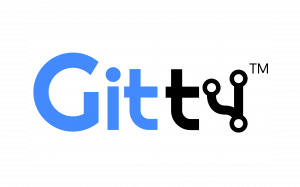

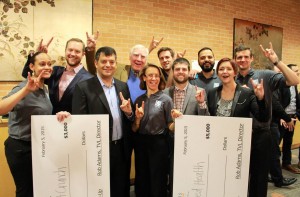
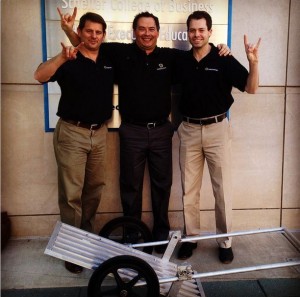

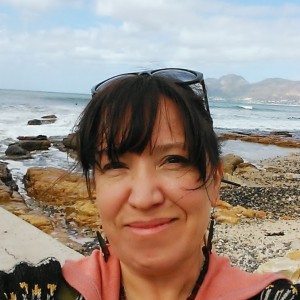
 But not if John Joyoprayitno, MSTC ’13, has his way. The co-founder and chief operating officer of Austin-based Alafair Biosciences is working to commercialize a natural membrane that could minimize adhesions by acting as an “internal Band-Aid” on surgical wounds.
But not if John Joyoprayitno, MSTC ’13, has his way. The co-founder and chief operating officer of Austin-based Alafair Biosciences is working to commercialize a natural membrane that could minimize adhesions by acting as an “internal Band-Aid” on surgical wounds.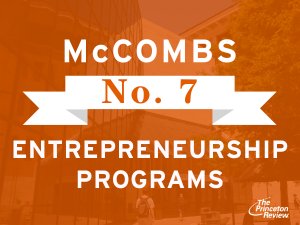
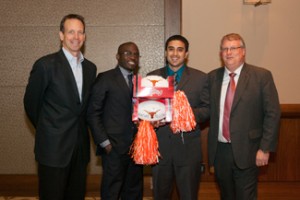
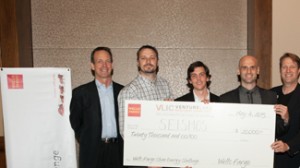
 Seismos was one of five teams that made it to the TVL finals. Seismos competed with two other MSTC Teams, Glutact and Intelligent Menu.
Seismos was one of five teams that made it to the TVL finals. Seismos competed with two other MSTC Teams, Glutact and Intelligent Menu.